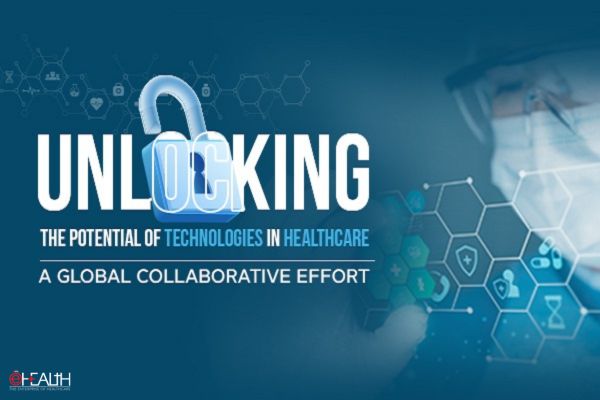

President, Telemedicine Society of India
Information technology has eliminated the distance barriers and has made everything accessible to everyone, whether one is staying in rural or urban areas. In the healthcare sector, telemedicine is one of the biggest opportunity areas for service providers and takers who have been transmitting imaging and healthcare data from one to another. Improving accessibility of medical services, telemedicine permits communication between patients and doctors with convenience and reliability. In an exclusive interview, Dr Biswa N Mohanty, President, Telemedicine Society of India shared his views on the contribution of technology in healthcare sector and its involvement in creating ease for people staying in rural areas with Kartik Sharma and Arpit Gupta of Elets News Network (ENN)
Telemedicine has been witnessed as one of the booming sectors. Do you feel that it is a better technique to provide healthcare services in the remote areas?
Definitely, it is. As we know, in India, the availability of the resources is not well distributed and we do not have enough number of doctors in the rural areas as we have in the urban areas.
As such, technology is the only way out to offer better healthcare services to people who are unable to access it due to the lack of resources. It may not be just rural areas, in fact, even the large pockets of urban areas, such as slum areas or where we do not have government hospitals, are still unable to avail adequate healthcare services. To reach such far-flung places, we have the technology of telemedicine.
Telemedicine is not the medicine itself, it is the technology which enable people to access those resources which may be far off.

Now, from general diseases to complicated ones, we have discovered teleophthalmology, tele-diabetes, etc. and other technologies. Which all sectors have these technologies?
The maximum use of such technologies has been in the radiology sector because we have a good number of X-ray machines in the country, but not enough number of radiologists. Therefore, X-rays are taken and the report is provided after some time. Nowadays, what people are doing is that after taking X-rays, they are sent to certified radiologist centres. On that basis, the experts give their opinion on the tests. Furthermore, it is applicable to all types of X-rays, such as chest X-ray, brain X-ray, magnetic resonance imaging (MRI), computerised tomography (CT) scan, etc. Additionally, ophthalmology is another field that has benefited a large number of people.
| Key Takeaways |
|
 As far as Rajasthan is concerned, how do you feel this technology will benefit the districts of Rajasthan and its people?
As far as Rajasthan is concerned, how do you feel this technology will benefit the districts of Rajasthan and its people?
Use of technology has already started making difference, the reason being doctors are actively heading with experiments and their experiences. They are going to villages, which have a need, a demand and are providing healthcare services.
If there is a demand in any of the areas of the state, facilities will be made available. As a result, we now have amenities, such as medical colleges, large hospitals, etc. We have around 12 medical colleges in the state.
To put it in simpler words, it means resources are there. Its just a question of connecting the resources to the proper person. And for this, we have the technology telemedicine which is connecting the resources to the needy.
What are the major challenges being faced in the industry?
As such, there are few challenges, of which the foremost challenge is that the people must know that such a facility exists. Secondly, the mobility of the telemedicine teams should be scalable.
Initially, to make telemedicine accessible, we can have the vans with basic treatment equipment. For example, a day can be fixed for a particular village to provide healthcare services and as the resources augment, it can be increased for twice a week, thrice and so on.

Be a part of Elets Collaborative Initiatives. Join Us for Upcoming Events and explore business opportunities. Like us on Facebook , connect with us on LinkedIn and follow us on Twitter , Instagram.












